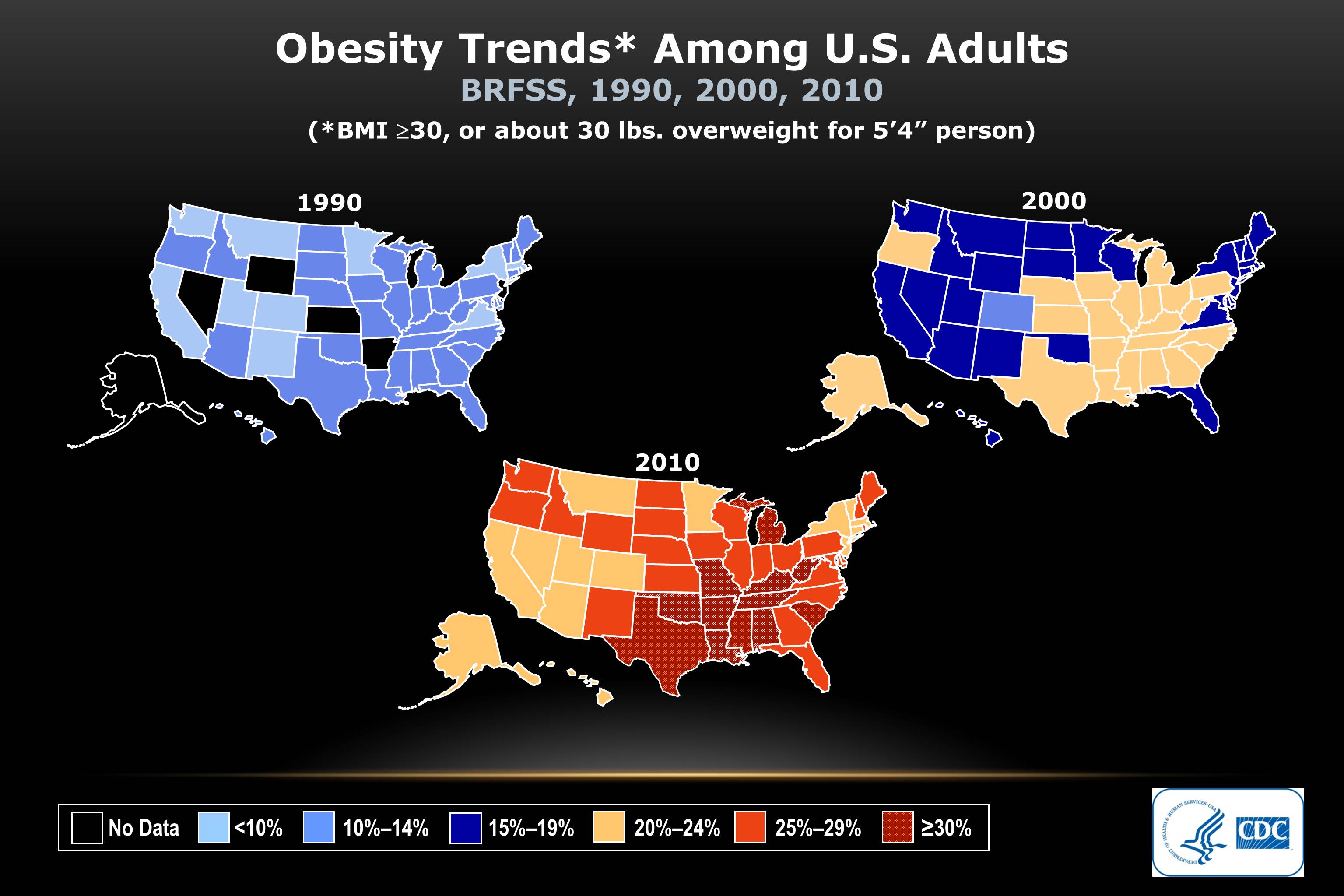
Obesity Surgery Solutions
because life is too short...
The Obesity Epidemic
Announcements:
Bariatric Support Group Meeting
 Wednesday, July 15, 5 pm
Wednesday, July 15, 5 pmSharing experiences, recipes, supporting each other
withAndras Sandor, M.D., F.A.C.S.
Where:
ONLINE
REGISTRATION - REQUIRED
Call 781 418-1900
Obesity Surgery Information Seminar
Anytime, at your convenience
The Online Seminar is always open, call our office for a password or install the mobile app

The rapidly growing prevalence of obesity is a public health crisis claiming hundreds of thousands of lifes every year in the United States.
Obesity in the United States
Obesity is a complex, multi-factorial chronic disease involving
environmental (social and cultural), genetic, physiologic, metabolic,
behavioral and psychological components. It is the second leading cause
of preventable death in the U.S.
Overweight and obesity are part
of the U.S. Department of Health and Human Services' health agenda that
have steadily moved away from their established targets for improvement.
Today, public health leaders recognize obesity as a "neglected public
health problem."

Overall prevalence
Approximately one third of the current U.S. Population meets criteria
for obesity
Body Mass Index (BMI) is a measurement tool used to
determine excess body weight. Overweight is defined as a BMI of 25 or
more, obesity is 30 or more, and severe obesity is 40 or more. Click
here for a BMI calculator to find out where you fit in.
In 1990,
among states participating in the Behavioral Risk Factor Surveillance
System, 10 states had a prevalence of obesity less than 10% and no state
had prevalence equal to or greater than 15%.
By 2000, no state
had a prevalence of obesity less than 10%, 23 states had a prevalence
between 20–24%, and no state had prevalence equal to or greater than
25%.
In 2010, no state had a prevalence of obesity less than 20%.
Thirty-six states had a prevalence equal to or greater than 25%; 12 of
these states (Alabama, Arkansas, Kentucky, Louisiana, Michigan,
Mississippi, Missouri, Oklahoma, South Carolina, Tennessee, Texas, and
West Virginia) had a prevalence equal to or greater than 30%.

Age
Overweight and obesity increases steadily with age for both men and
women. In the last decade, all adult age groups in both genders have
experienced an increase in overweight and obesity.
At a minimum, half
of all age groups are overweight and at least 20 percent obese.
The
age group with the highest prevalence of overweight and obesity among
men is 65 to 74 years, and among women, 55 to 64 years.
Gender
The prevalence of overweight is higher for men (67 percent) than
women (62 percent).
The prevalence of obesity is higher for women (34
percent) than men (27.7 percent) as is severe obesity; women (6.3
percent) and men (3.1 percent).
The increase in overweight, obesity
and severe obesity prevalence is evident in adults (aged 20 to 74) of
both genders over the last decade, as shown below.
Copyright 2016 Commonwealth Weight Loss, LLC. All Rights Reserved.

